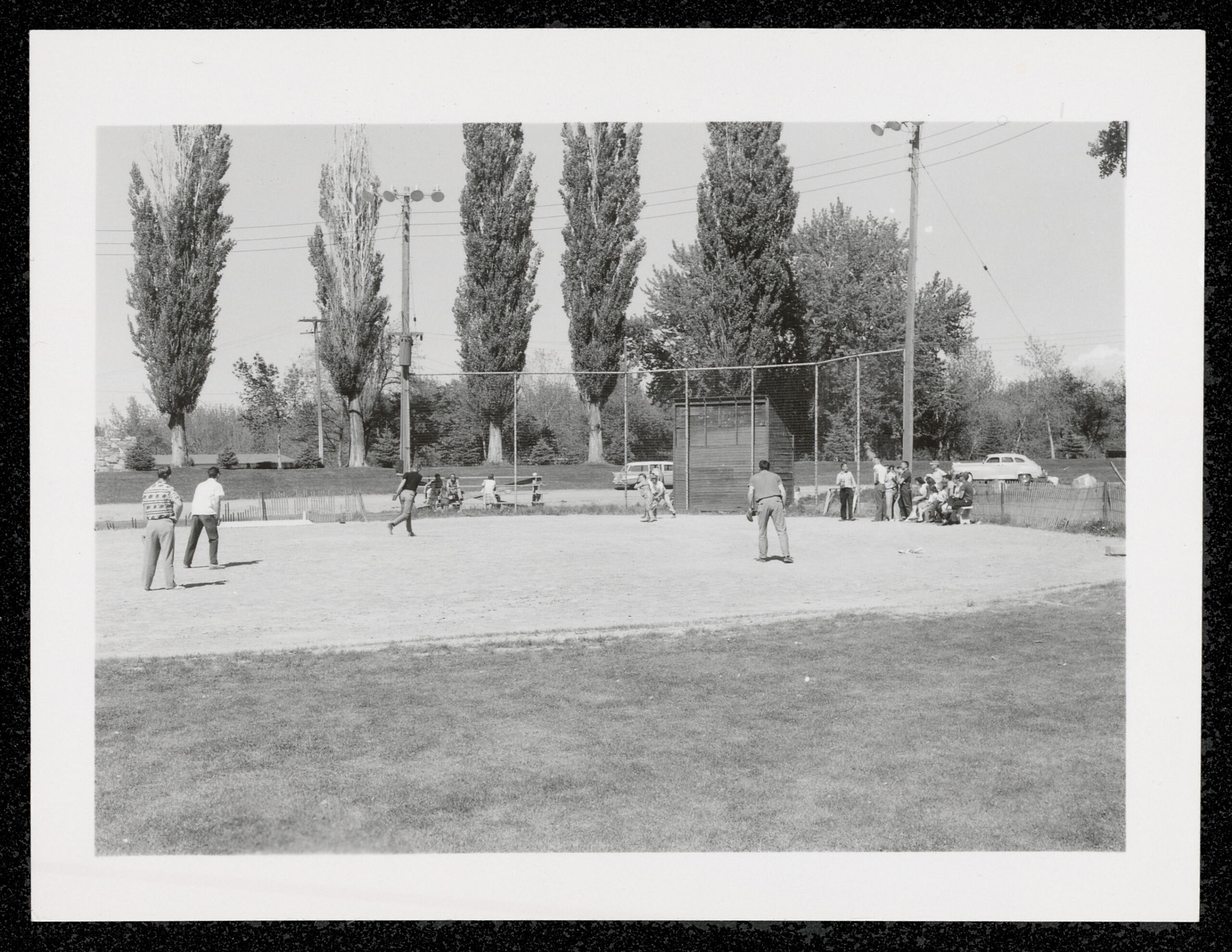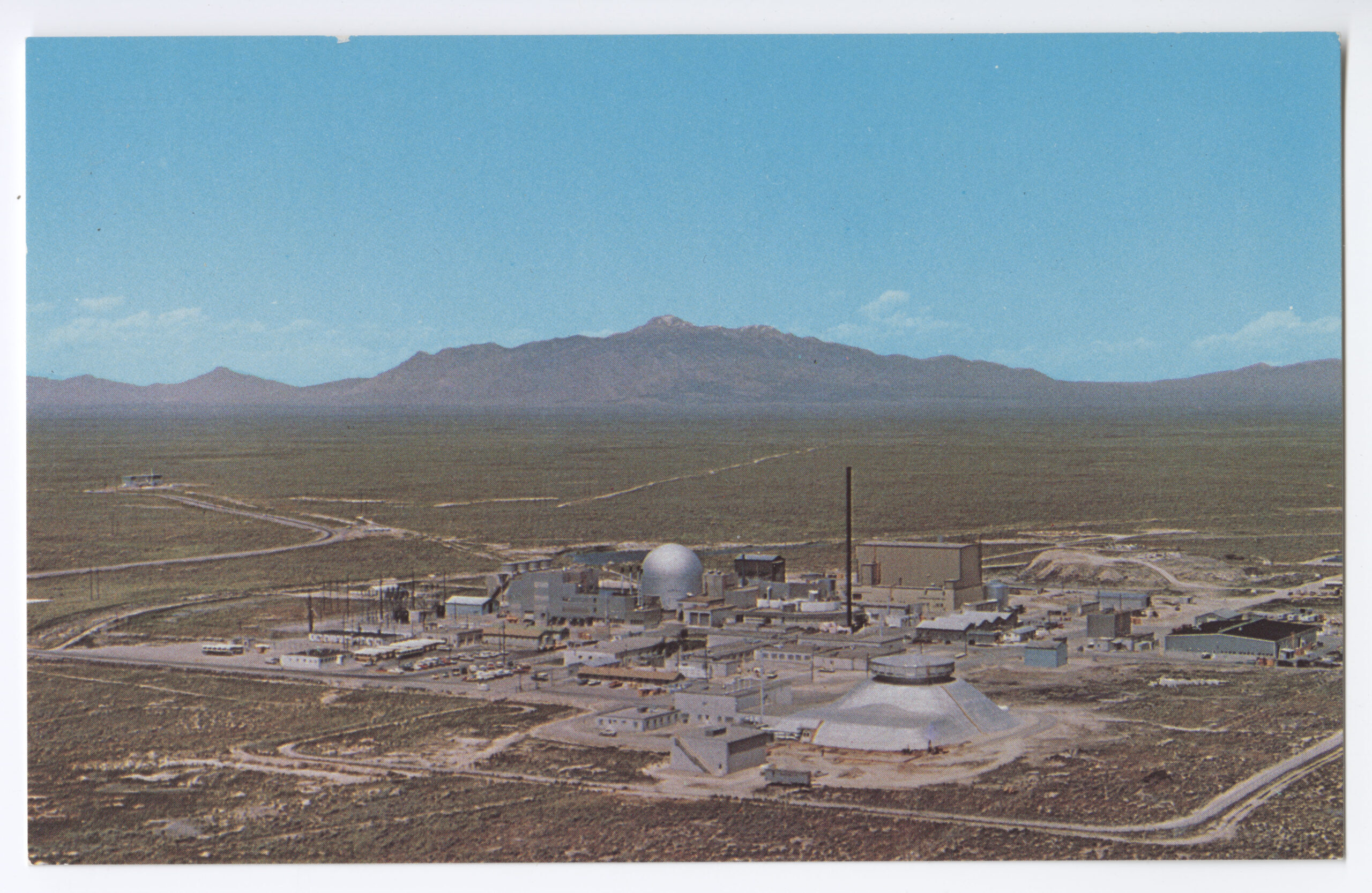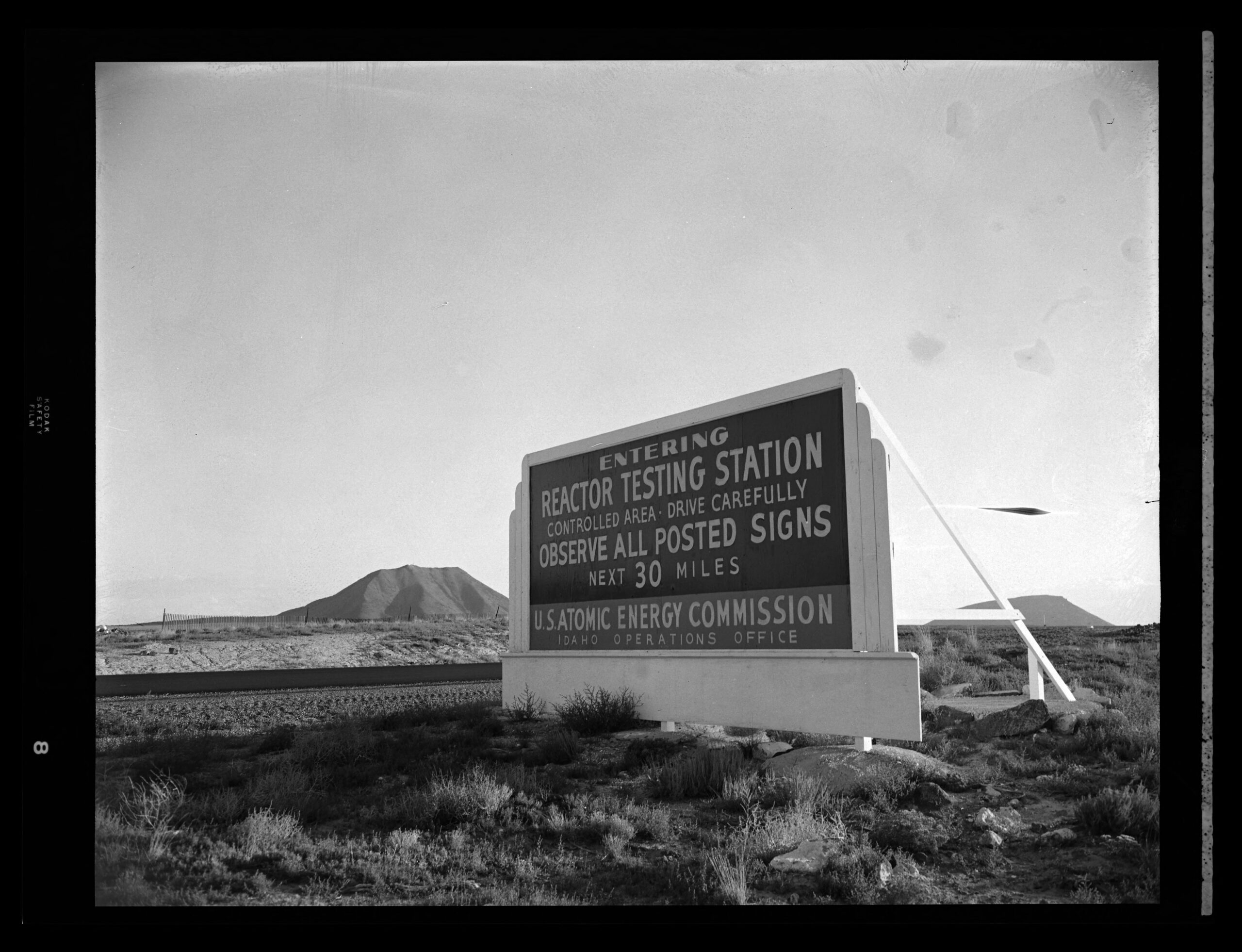IDAHO FALLS, Idaho — Idaho National Laboratory has a long and rich history, dating back to its founding in 1949 as the National Reactor Testing Station. Over the years, the lab has played a major role in the development of nuclear energy and other technologies. Pieces of that history can be found in the most unexpected places, like the rafters of a garage in Idaho Falls.
The Archives and Special Collections group is responsible for preserving laboratory history. The team collects, preserves, and makes accessible records and artifacts that document INL’s past. Archives staff members also provide research assistance to those who are interested in learning more about the lab or its past programs.
“The public has been impacted in one way or another, by the work and discoveries that have come out of INL,” said archivist Austin Schulz. “Many people in the surrounding communities have a family member or friend that has worked or currently works at INL. We have contractor newsletters, employee event photos, scenic photos of the INL Site over time, architectural drawings, etc.” These are all part of the community’s and laboratory’s past.

How do we save the past?
Archives and Special Collections is committed to the stewardship of the lab’s history for future generations. The archives use a variety of methods to preserve multiple collections, including:
- Storing items in acid- and lignin-free enclosures.
- Controlling the environment (temperature, humidity, light).
- Using pest control measures.
- Digitizing records.
- Stabilizing records with archival-quality repairs.
- Following handling procedures for fragile records.
The archives and special collections are vital resources for people interested in learning more about INL’s history. The archives also provide a bridge to the past, helping us learn about the historically significant work that has been done at the lab.
“Some work today builds on work from years or decades ago,” said Schulz. “We often get contacted by researchers, both internal and external to INL, looking for information relating to INL history. As the public and internal awareness of the INL Archives and Special Collections grows, we expect to see a steady increase in these requests as well as in-person research.”
The archives ensure that the lab’s legacy will be remembered for generations to come while contributing to its current mission. One way they do that is by saving historically significant items that have been overlooked. You never know where you might find artifacts.

ZPPR sign preservation
The Zero Power Physics Reactor (ZPPR), a low-power facility located at INL’s Materials and Fuels Complex, provided reactor physics data for fast neutron spectrum reactors.
When the name was changed from Zero Power Plutonium Reactor to Zero Power Physics Reactor, the original sign was taken down and placed in storage in the basement of the building. Some 40 scientists had signed the back of the wooden sign, including four visiting Japanese scientists.
When the reactor was decommissioned in 1992, lab employee David Maddison autographed the sign and inquired about its fate. He was told it was going to be “thrown in the pit.” It was common practice to send “souvenirs” with retirees or employees, who would display the items in their offices. Items were not necessarily evaluated for their historic significance prior to disposition. This is no longer the case. Archives and Special Collections staff members work to ensure that historically significant records and objects are preserved. Maddison didn’t want this piece of history to be discarded, and he was allowed to keep the sign.
He brought his son to work to help him retrieve the sign, which they carried by hand to the front gate of MFC to have it inspected by security. After it was cleared, Maddison and his son tied the sign to the top of his Jeep Wagoneer. They drove it back to their Idaho Falls home and placed it in the rafters above the garage, where it stayed until 2022, when Maddison donated it to the INL Archives and Special Collections.
The ZPPR sign is significant because it shows the international collaboration between nuclear scientists INL has fostered for decades. This display of international cooperation also adds context to the photographs, small objects and documents involving visiting Japanese scientists housed in the archives. The ZPPR sign is evidence of how INL’s experiments and projects are not conducted in isolation. This incredible research is done by people with a passion for their work that transcends national borders.

A call for help
Ahead of INL’s 75th anniversary next year, Archives and Special Collections is implementing an oral history program to capture the living history of the lab, employees, projects and programs. This program will tap into the experience, insight, enthusiasm and memories of the people who have helped make the lab a success.
Oral histories can infuse facts with human experience, a way to connect to the past through the sights and sounds of those who lived it.
Archivists want to record the insights of current and past leaders, employees and subcontractors to create a resource just as valuable as our historically significant records and objects. These insights will provide a window into INL as it exists today and in the past, providing a living history.
If you have items or documents you would like to donate to Archives and Special Collections or would like to nominate someone for the oral history program, please email [email protected]. Items of interest include architectural and engineering drawings, photographs, landscape or facility related audio-visual recordings, objects of historical significance, and public relations materials to name a few. If you would like a more detailed list of records and objects of interest, contact the archives office.
NEWS MEDIA CONTACTS:
Michael Cousin, 208-201-1977, [email protected]
Sarah Neumann, 208-520-1651, [email protected]





